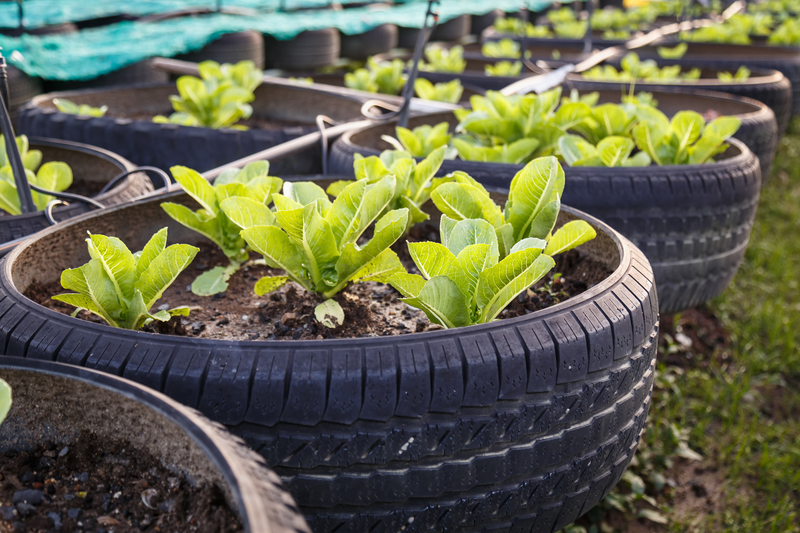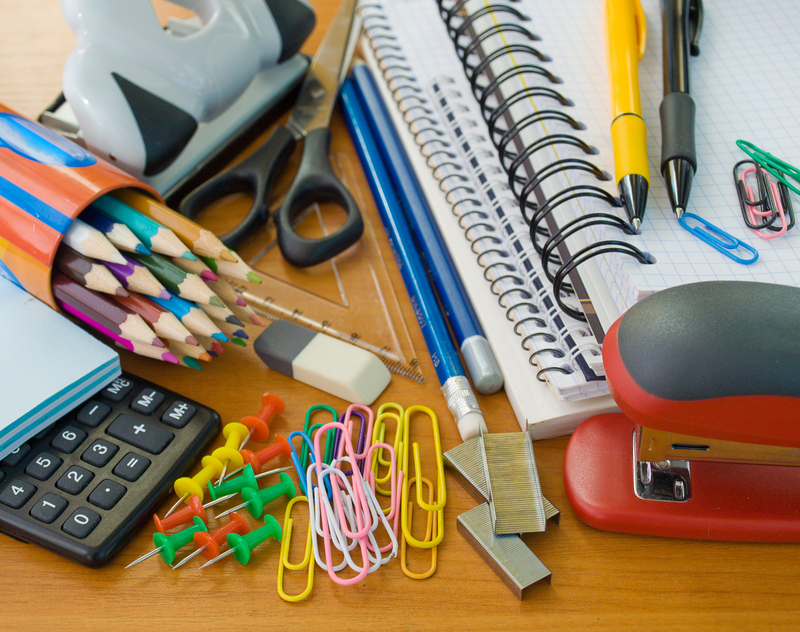Unlocking the Potential of Sustainable Packaging and Cardboard Disposal
The world is rapidly shifting toward sustainability as eco-conscious businesses and consumers demand a greener future. Packaging, a crucial component of the supply chain, sits at the heart of this transition. This in-depth article explores the transformative possibilities of sustainable packaging and optimized cardboard disposal, offering actionable insights and thorough research for brands, businesses, and environmentally-minded individuals alike.

Why Sustainable Packaging Matters
As global e-commerce and shipping volumes soar, so does packaging waste. Traditional packaging materials like plastics, foams, and non-biodegradable composites contribute to overflowing landfills and environmental degradation. In contrast, sustainable packaging solutions embrace materials, processes, and disposal methods that minimize ecological impact. The move toward greener packaging has many far-reaching benefits:
- Reduced environmental impact: Sustainable packaging decreases waste, greenhouse gas emissions, and resource consumption.
- Improved brand reputation: Eco-friendly brands attract modern consumers who value environmental responsibility.
- Legal compliance: Many regions are introducing stricter regulations on packaging waste and recyclability.
- Operational cost savings: Efficient packaging design and proper disposal can reduce shipping and waste management costs.
Understanding Sustainable Packaging Solutions
Sustainable packaging goes beyond simply replacing plastics with paper. It encapsulates a holistic approach, from material sourcing to end-of-life disposal. Key aspects include:
- Renewable Materials: Using cardboard, paperboard, bioplastics, and compostable films sourced from managed forests, recycled content, or rapidly renewable crops.
- Lightweight Design: Reducing overall material use while maintaining package integrity lowers transportation emissions and material costs.
- Recyclability: Designing packaging that the current recycling infrastructure can process, like corrugated cardboard, ensures end-of-life recovery.
- Compostability: Certain packaging is designed to break down into non-toxic components in commercial or home composting settings.
- Minimal Inks and Adhesives: Reducing toxic chemicals makes recycling and composting easier and safer.
The Role of Cardboard in Sustainable Packaging
Cardboard packaging--specifically corrugated and paperboard--remains one of the most versatile and eco-friendly materials in the market.
Why Cardboard Is a Sustainability Champion
- Highly recyclable: Cardboard is accepted by almost all curbside recycling programs and is easily reprocessed into new products.
- Made from renewable sources: Most cardboard is derived from wood pulp grown in sustainable forests or contains recycled content.
- Lightweight yet sturdy: Corrugated cardboard provides strength with less material, reducing shipping emissions.
- Biodegradable: Uncoated cardboard breaks down naturally and completely in landfill or compost environments.
Innovations in Cardboard Packaging Design
Modern brands are pushing the envelope with innovative sustainable cardboard packaging initiatives that minimize waste and enhance product protection:
- Right-sizing: Tailoring boxes to fit products precisely, reducing void fill and unnecessary material use.
- Minimal printing: Using fewer inks and dyes or switching to soy-based or water-based alternatives.
- Returnable packaging: Design for multiple uses or consumer return programs, promoting circularity.
- Easy disassembly: Structural designs that allow for quick flattening and separation of materials for effective cardboard disposal or recycling.
Optimizing Cardboard Disposal: Best Practices and Benefits
Even the most sustainable packaging solution loses its impact if not properly disposed of. Mastering the art of efficient cardboard disposal unlocks environmental and financial benefits for homes and businesses alike.
How to Recycle Cardboard Successfully
Proper cardboard recycling involves several crucial steps:
- Remove contaminants: Clear out any plastics, Styrofoam, or bubble wrap that may have been packed with your cardboard.
- Break down boxes: Flatten all boxes to maximize bin space and facilitate processing at material recovery facilities.
- Keep it dry and clean: Wet or heavily soiled cardboard can't be recycled. Store indoors and avoid grease (as from pizza boxes) or oil contamination.
- Check your local rules: Every municipality has different recycling rules; ensure that your cardboard meets local specifications, especially for mixed materials or lined cardboard.
Advanced Cardboard Disposal Techniques for Businesses
Large generators of cardboard waste, such as warehouses, retail stores, and fulfillment centers, benefit from advanced disposal systems:
- Baling equipment: Invest in balers to compress cardboard waste for efficient storage and transportation. This is essential for high-volume locations.
- Recycling partnerships: Work with specialized recyclers who buy back baled cardboard or arrange regular pickups, sometimes providing an additional revenue stream.
- On-site composting: Some facilities compost soiled cardboard (like food-contaminated boxes), turning waste into valuable soil amendment.
The Environmental Impact of Sustainable Packaging and Responsible Cardboard Disposal
Combining sustainable packaging initiatives with proper cardboard disposal generates measurable positive outcomes for the environment:
- Waste reduction: Cardboard recycling diverts millions of tons of packaging from landfills every year.
- Lower carbon footprint: Producing recycled cardboard uses significantly less water and energy than virgin material.
- Resource conservation: Using recycled or responsibly sourced cardboard ensures forests are managed sustainably.
- Healthy ecosystems: Less landfill waste results in reduced methane emissions and groundwater contamination.
Sustainable Packaging Trends to Watch in 2024 and Beyond
As both consumer consciousness and regulatory pressures grow, several key sustainable packaging trends are shaping the industry's future:
- Closed-loop systems: More brands are embracing circular packaging lifecycles--designing products to be endlessly reused or recycled.
- Compostable solutions: Innovators are introducing certified compostable mailers and molded fiber packaging to replace plastics entirely.
- Smart packaging design: Technologies enable trackable, tamper-evident boxes with embedded sensors while maintaining recyclability.
- Consumer education programs: Businesses recognize the need to teach customers how to properly recycle and dispose of packaging materials.
Challenges in Achieving True Packaging Sustainability
While the benefits are clear, achieving full sustainability in packaging presents several hurdles:
- Contamination: Food grease, mixed polymers, or excessive adhesives can make recycling difficult or impossible.
- Market inconsistencies: Not every city offers curbside composting or advanced recycling for specialty packaging.
- Cost: Eco-friendly materials can be more expensive, especially for small businesses or custom packaging needs.
- Consumer compliance: Even the best packaging must be actively recycled or composted by end users, requiring education and participation.
How Brands Can Lead the Way in Sustainable Packaging and Cardboard Management
Businesses of all sizes can spearhead green transformation through environmentally responsible packaging and efficient cardboard disposal strategies. Key steps include:
- Conducting packaging audits: Assess your current packaging inventory for areas to reduce waste, substitute materials, and improve recyclability.
- Partnering with sustainable suppliers: Source certified recycled cardboard, or choose vendors that use renewable energy and closed-loop systems.
- Designing for disposal: Ensure your packaging is easy to flatten, clean, and separate from non-recyclable components.
- Educating customers: Include clear recycling instructions, QR codes with disposal tutorials, or incentives for responsible returns.
- Participating in industry initiatives: Join sustainable packaging alliances, certifications, and government programs to drive industry-wide change.
Case Study: Sustainable Cardboard Disposal in Retail
Major retailers are making headlines by overhauling their cardboard waste management systems. For example, multinational powerhouses are requiring suppliers to use standardized, easily recyclable shipping cartons, simplifying reverse logistics and boosting recycling rates. Meanwhile, local businesses have adopted cardboard compactors, slashing waste hauling volume and cutting disposal costs. Both approaches prove that with the right tools and strategies, cardboard disposal can become an asset rather than a liability.

The Consumer's Role in Sustainable Packaging and Cardboard Disposal
Ultimately, eco-friendly packaging achieves its potential only when consumers participate in responsible use and disposal. Here's how individuals can make a measurable difference:
- Choose products with sustainable packaging: Look for certifications like FSC, recyclable symbols, and minimal packaging.
- Break down and recycle cardboard boxes at home: Consistently flatten and clean boxes before putting them in curbside bins.
- Compost when possible: Use soiled, non-glossy cardboard as brown material in home compost setups.
- Support brands with transparent packaging policies: Favor businesses that openly share their sustainability commitments and progress.
Unlock the Potential: A Framework for the Future
Businesses and consumers working together can truly unlock the full potential of sustainable packaging and efficient cardboard disposal. By embracing innovation, improving education, and making conscious choices, we can:
- Cut down packaging waste at the source
- Boost recycling rates, closing the loop on cardboard usage
- Reduce landfill reliance and climate impact
- Enhance brand loyalty and community goodwill
- Build a more resilient, circular, and sustainable packaging economy
Adopting sustainable packaging practices and optimizing the disposal of cardboard packaging are not just industry trends--they are economic and environmental imperatives. Whether you are a logistics manager, business owner, eco-conscious shopper, or policy maker, it's time to act, innovate, and move toward a greener, cleaner future.
Key Takeaways:
- Sustainable packaging and efficient cardboard disposal are essential for reducing environmental impact.
- Businesses should select recyclable, renewable materials and design for easy disposal.
- Proper recycling and composting of cardboard minimizes landfill waste and lowers carbon footprints.
- Consumer participation and brand education efforts play a vital role in achieving sustainable outcomes.
- With ongoing innovation and collaboration, the potential for sustainable packaging is limitless.
Unlock the full potential of sustainable packaging and cardboard disposal today to help build a cleaner, greener, and more responsible future for everyone.

